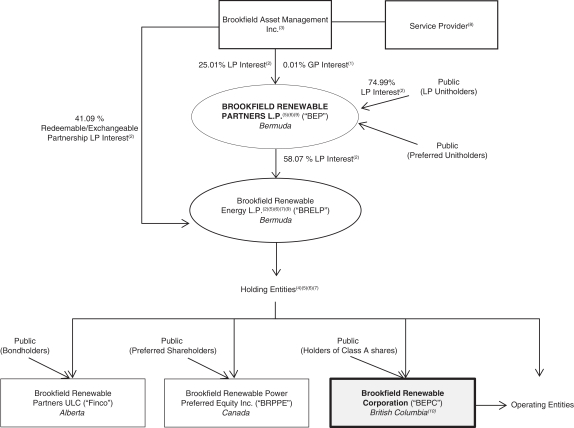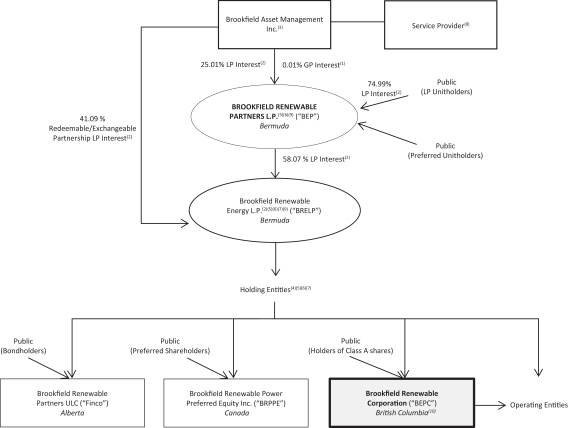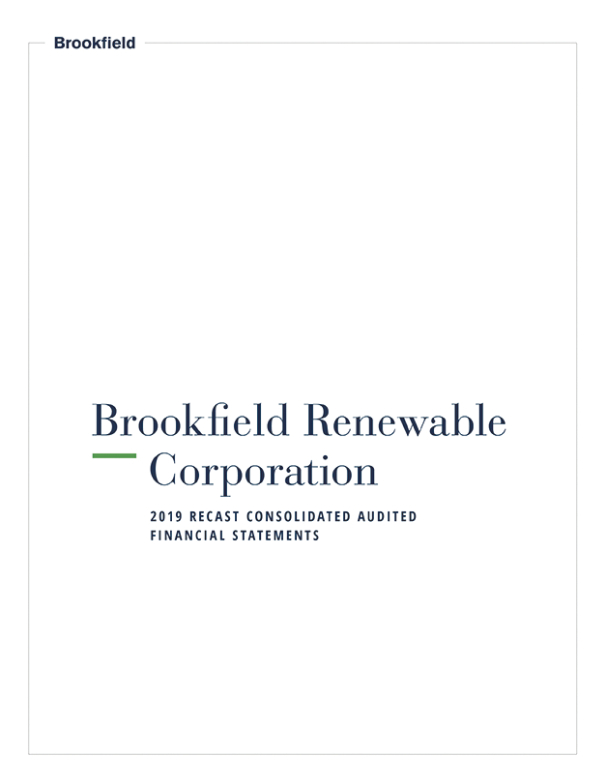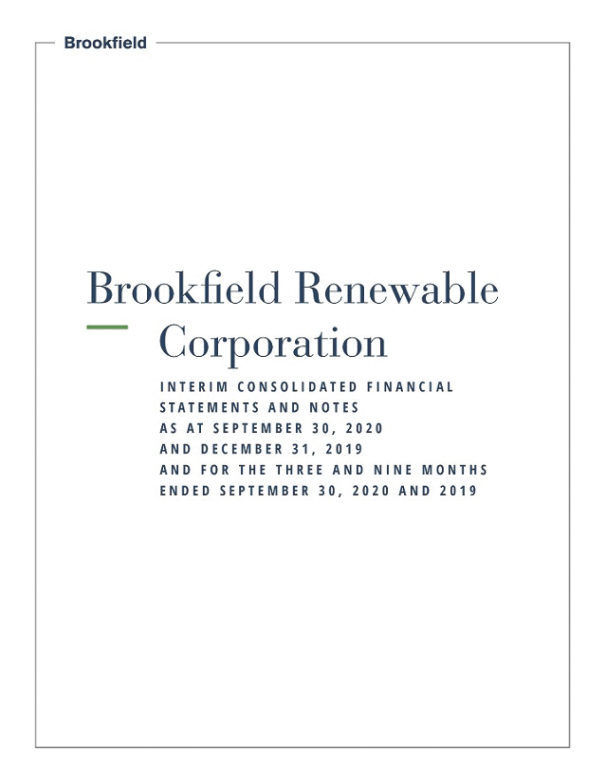receiving the dividend. For each non-U.S. shareholder, the value received in the local currency from the dividend will be determined based on the exchange rate between the U.S. dollar and the applicable local currency at the time of payment. As such, if the U.S. dollar depreciates significantly against the local currency of the non-U.S. shareholder, the value received by such shareholder in its local currency will be adversely affected.
Our group may suffer a significant loss resulting from fraud, bribery, corruption, other illegal acts, inadequate or failed internal processes or systems, or from external events.
Our group may suffer a significant loss resulting from fraud, bribery, corruption, other illegal acts, inadequate or failed internal processes or systems, or from external events, such as security threats affecting its ability to operate. Our group operates in multiple jurisdictions and it is possible that its operations will expand into new jurisdictions. Doing business in multiple jurisdictions requires our group to comply with the laws and regulations of the U.S. government as well as those of various non-U.S. jurisdictions. These laws and regulations may apply to our company, our Service Provider, our subsidiaries, individual directors, officers, employees and third-party agents. In particular, our non-U.S. operations are subject to U.S. and foreign anti-corruption laws and regulations, such as the Foreign Corrupt Practices Act of 1977, as amended (the “FCPA”). The FCPA, among other things, prohibits companies and their officers, directors, employees and third-party agents acting on their behalf from corruptly offering, promising, authorizing or providing anything of value to foreign officials for the purposes of influencing official decisions or obtaining or retaining business or otherwise obtaining favorable treatment. Our company and our officers, directors, employees and third-party agents regularly deal with government bodies and government owned and controlled businesses, the employees and representatives of which may be considered foreign officials for purposes of the FCPA. Also, as we make acquisitions, we may expose ourselves to the FCPA or other corruption related risks if its due diligence processes are unable to uncover or detect violations of applicable anti-corruption laws.
We rely on our infrastructure, controls, systems and personnel, as well as central groups focusing on enterprise-wide management of specific operational risks such as fraud, trading, outsourcing, and business disruption, to manage the risk of illegal and corrupt acts or failed systems. We also rely on our employees and certain third parties to comply with our policies and processes as well as applicable laws. Specific programs, policies, standards, methodologies and training have been developed to support the management of these risks and, as we expand into new markets and makes new investments, we update and implement our programs, policies, standards, methodologies and training to address the risks that we perceive. The failure to adequately identify or manage these risks could result in direct or indirect financial loss, regulatory censure and/or harm to the reputation of our company. The acquisition of businesses with weak internal controls to manage the risk of illegal or corrupt acts may create additional risk of financial loss, regulatory censure and/or harm to the reputation of our company. In addition, programs, policies, standards, methodologies and training, no matter how well designed, do not provide absolute assurance of effectiveness.
Our operations are highly regulated and may be exposed to increased regulation, which could result in additional costs to our company.
Our generation assets are subject to extensive regulation by various government agencies and regulatory bodies in different countries at the federal, regional, state, provincial and local level. As legal requirements frequently change and are subject to interpretation and discretion, we may be unable to predict the ultimate cost of compliance with these requirements or their effect on our operations. Any new law, rule or regulation could require additional expenditure to achieve or maintain compliance or could adversely impact our ability to generate and deliver energy. Also, operations that are not currently regulated may become subject to regulation, which could result in additional cost to its business. Further, changes in wholesale market structures or rules, such as generation curtailment requirements or limitations to access the power grid, could have a material adverse effect on our ability to generate revenues from our facilities. For example, in North America, many of our assets are subject to the operating and market-setting rules determined by independent system operators. These independent system operators could introduce rules that adversely impact our operations. With an
53







